10 Animals Native to Egypt
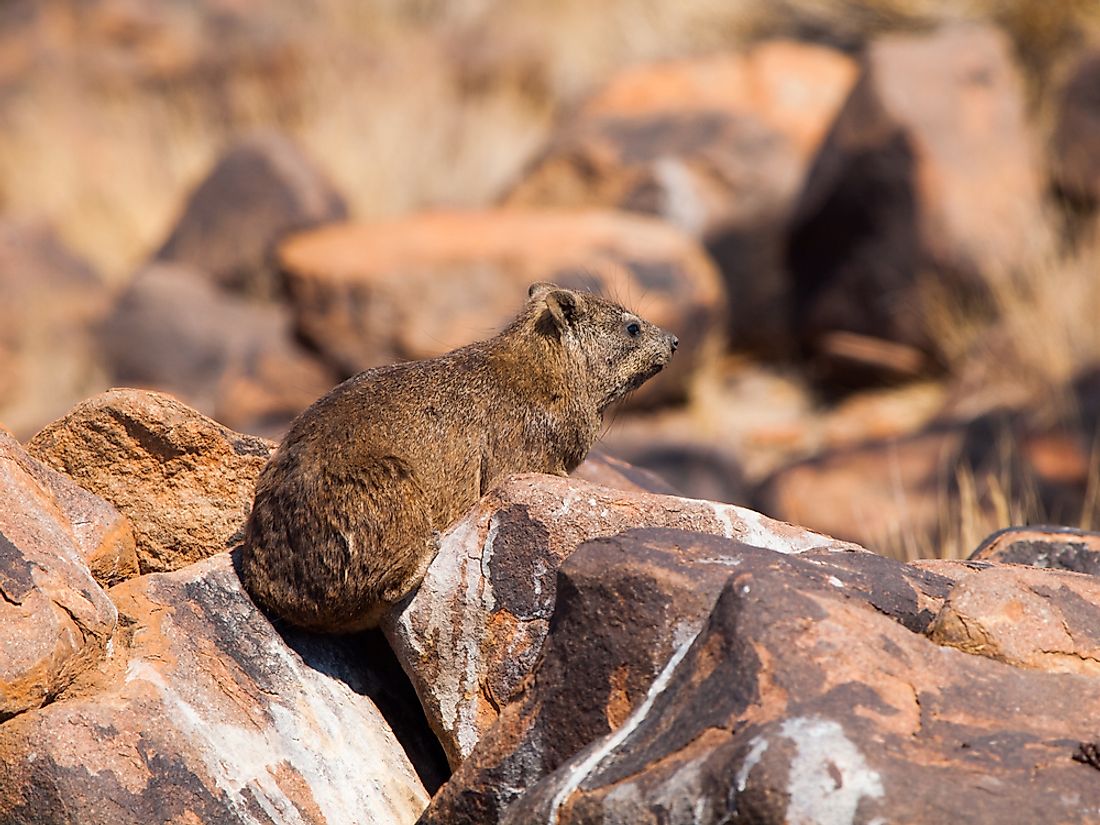
When people think of Egypt, they may create an image of a country with miles of endless deserts that cannot support any form of wildlife except for the fat-tailed lizard and the sand rat that are tolerant to the desert environment. However, the land of Pharaohs has an abundance of animals beyond imagination. There are about 28 protected animal sanctuaries in the country ranging from wetlands, coastal environments, geological formations and national parks. The following are the native animals of Egypt.
10. Cape Hyrax
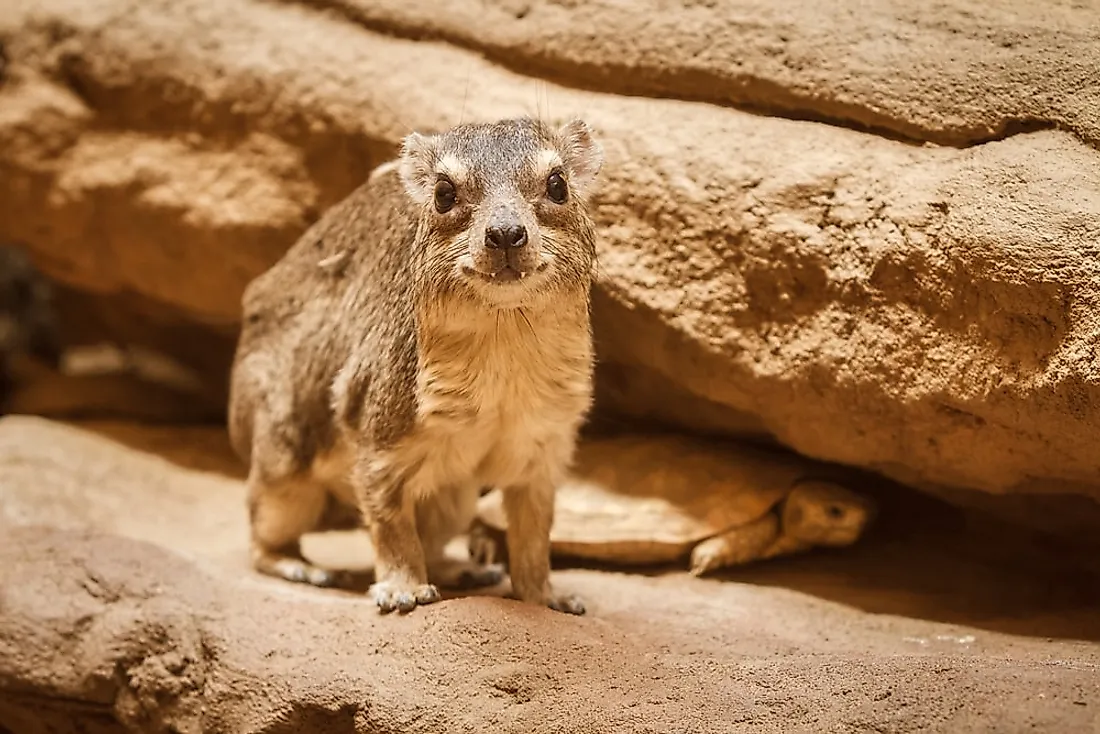
The rock or cape hyrax is native to sub-Saharan Africa except for Madagascar and the Congo basin. It is also found across Algeria, Libya, Egypt, Lebanon, the Arabian Peninsula, Jordan and Israel. The hyrax is an exceptionally adaptive animal that can survive in tropical and desert climates as long as it can find food and shelter. It is known as the rock hyrax because it prefers living in rocks since it cannot dig its own burrows. The hyrax feeds on grass, fruits, insects, lizards, and bird eggs. In Egypt, the hyrax is mainly found closer to the oasis, or along the banks of the Nile.
9. Camel
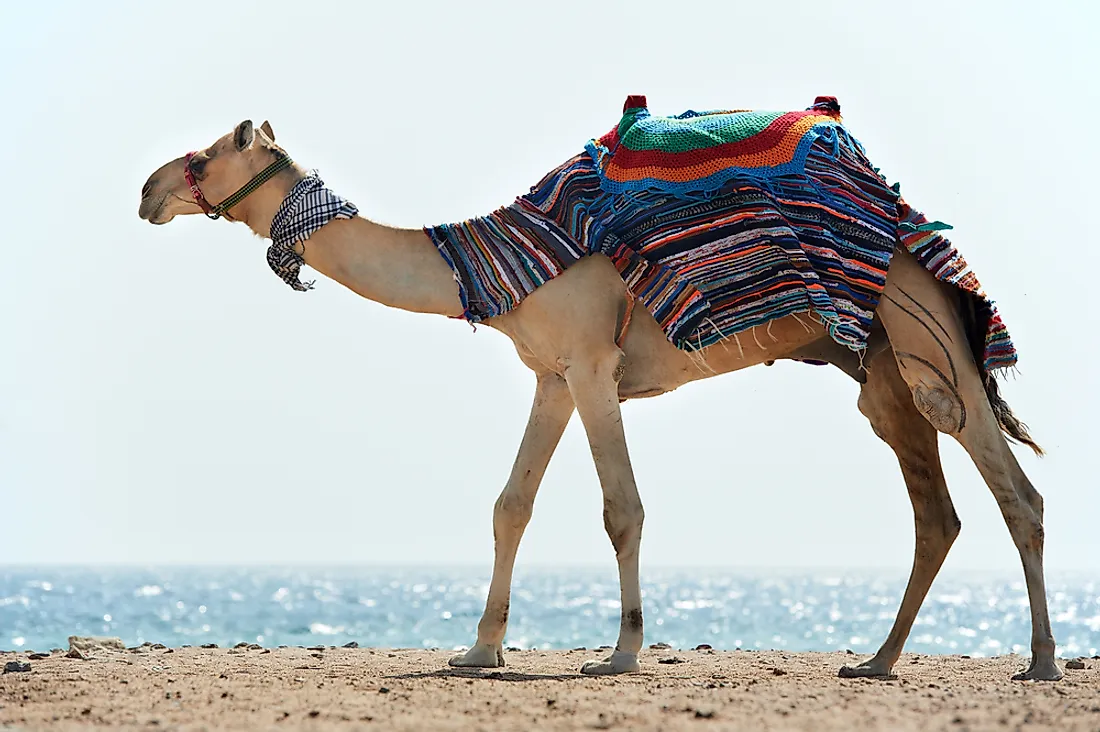
Camels are one of the most notable animals found in Egypt. Camels are well-known for their distinctive "humps", which are actually large fatty deposits and not at all filled with water, contrary to popular belief. Camels live for an average of 40 to 50 years. Camels are well-suited to the desert environment as they can go ten days without drinking.
8. Long-eared hedgehog
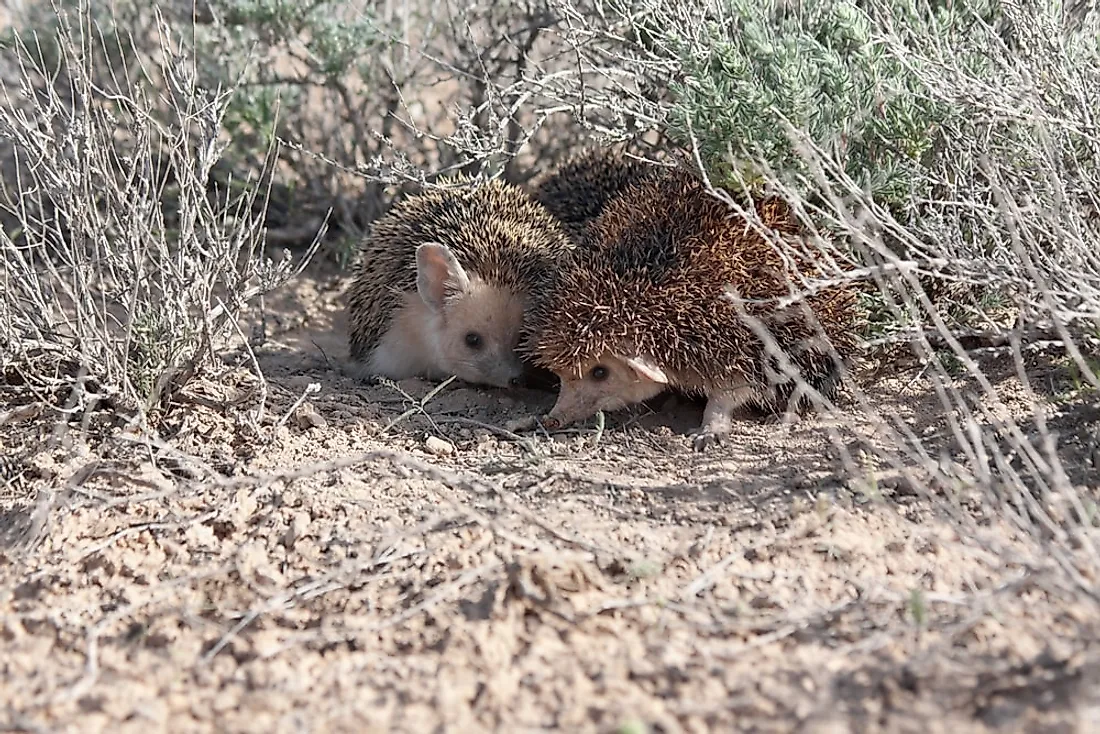
The long-eared hedgehog is a smaller species of the hedgehog. It is native to the Middle East, Central Asia, Egypt, and Libya. This hedgehog is distinguished from other species of hedgehogs because of its small size and long ears. Although it prefers feeding on insects, the hedgehog may also feed on plants and small vertebrates. They are found across the national parks of Egypt especially in greener areas where insects and grass may be found.
7. Sand cat
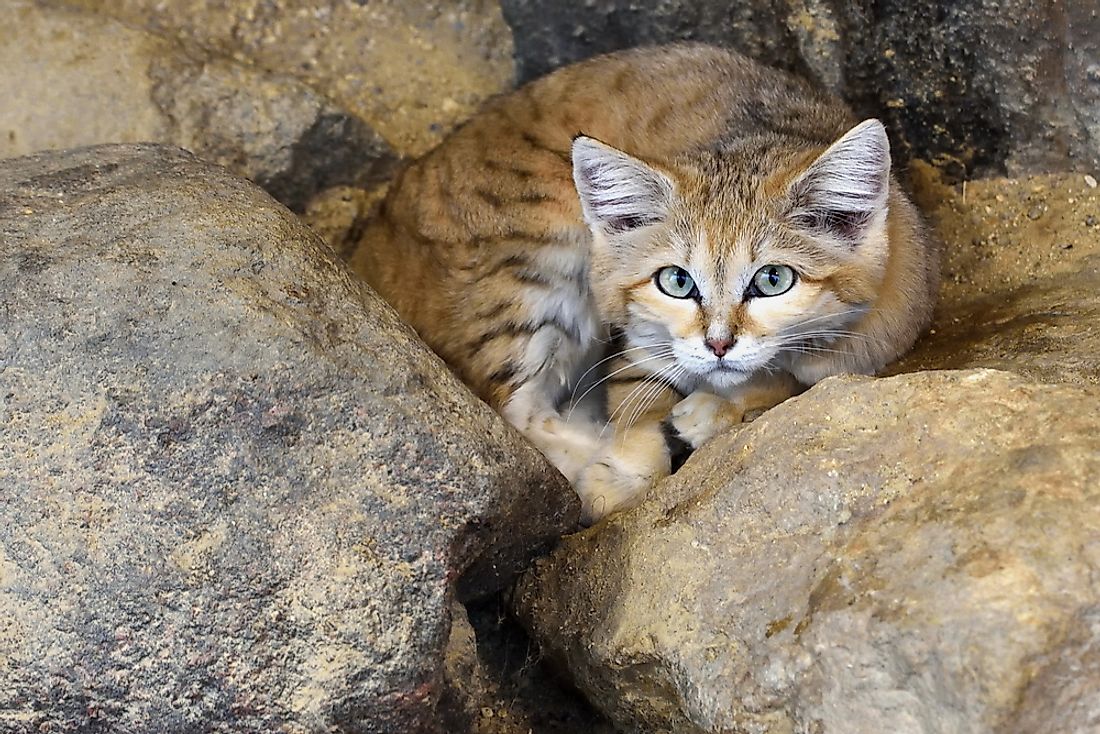
Known as one of the most elusive of all the feline species, sand cats are said to be endangered within Egypt. Like camels, sand cats can live for a very long time without access to any water. The cats are mostly found in the southeast of the country.
6. Dorcas gazelle
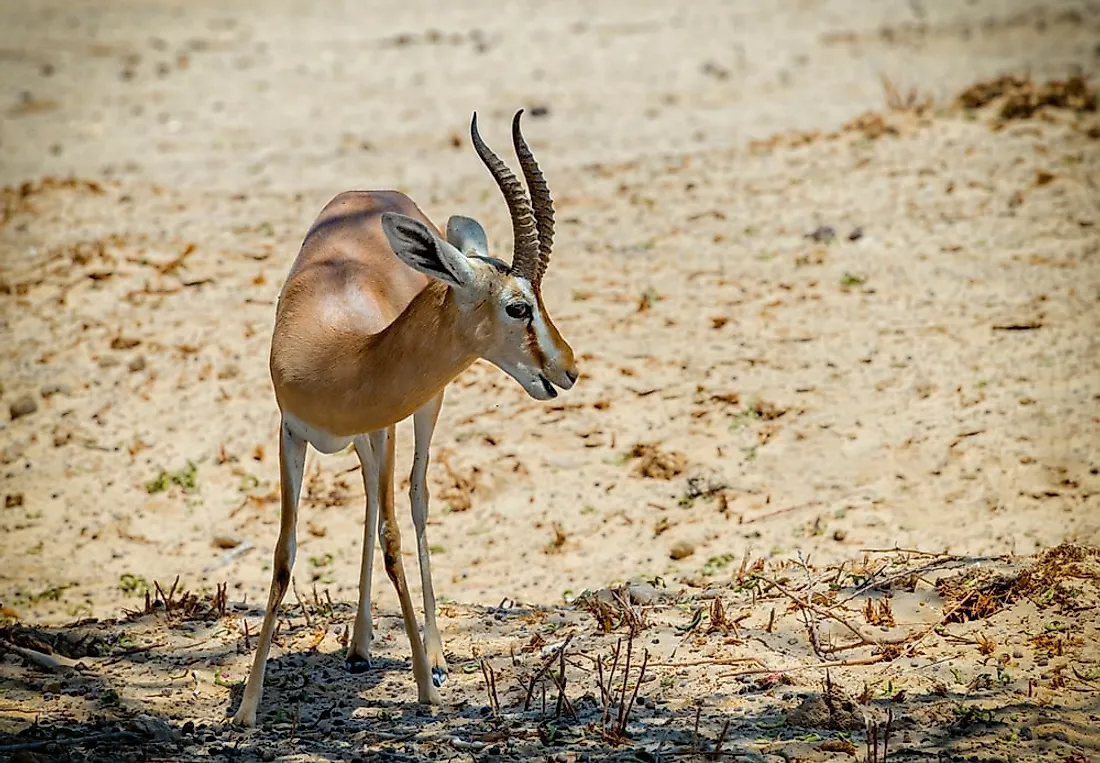
The Dorcas gazelle is native to the desert and semi-desert of Egypt and the Middle East. It is considered a vulnerable animal that is nearing extinction. The gazelle is highly adapted to the desert environment and can last for several months without water and limited food. The Dorcas gazelle inhabits the coastal plains and stony deserts of Egypt where they have adapted to feeding on the seeds of acacia trees and desert plants. These animals once roamed the western and eastern deserts of the Sinai in large populations, but today there are fewer than 1,000 remaining in the wild.
5. Dugong
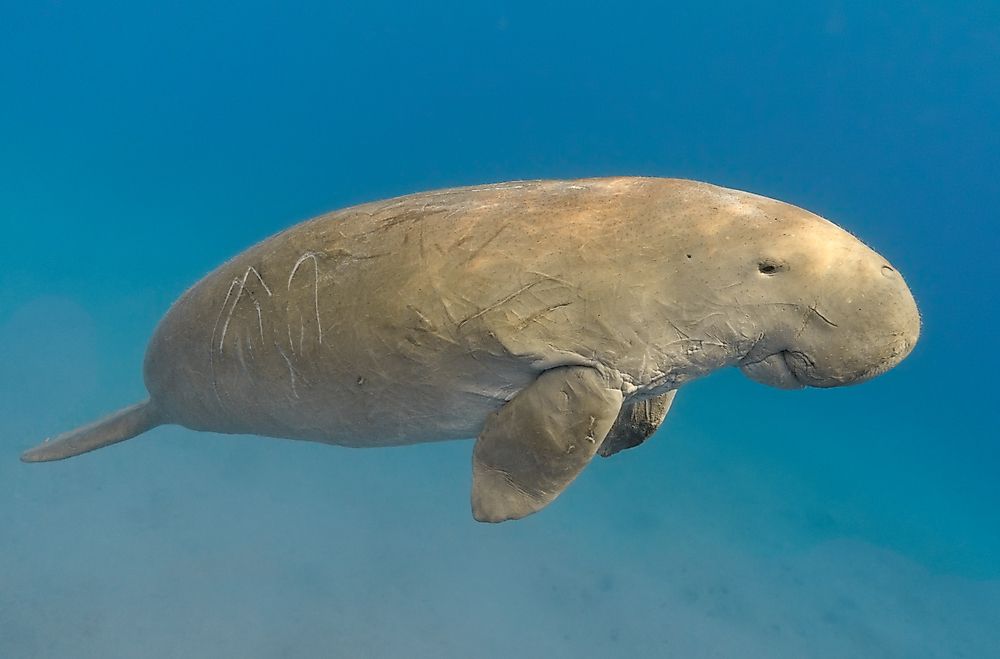
The dugong is a distant cousin of the manatee. It is sometimes referred to as the “sea cow” or the “sea camel”. The largest population of this animal is found in the northern coast of Australia, but they are spread along the Persian Gulf and the red sea. In the Red Sea, the dugong is mainly found in the Egyptian regions of Marsa Alam and Abu Dabbab. The dugong in this region attracts thousands of tourists especially those interested in diving and snorkeling. However, the number of these animals is declining in Egyptian water due to climate change and pollution.
4. Caracal
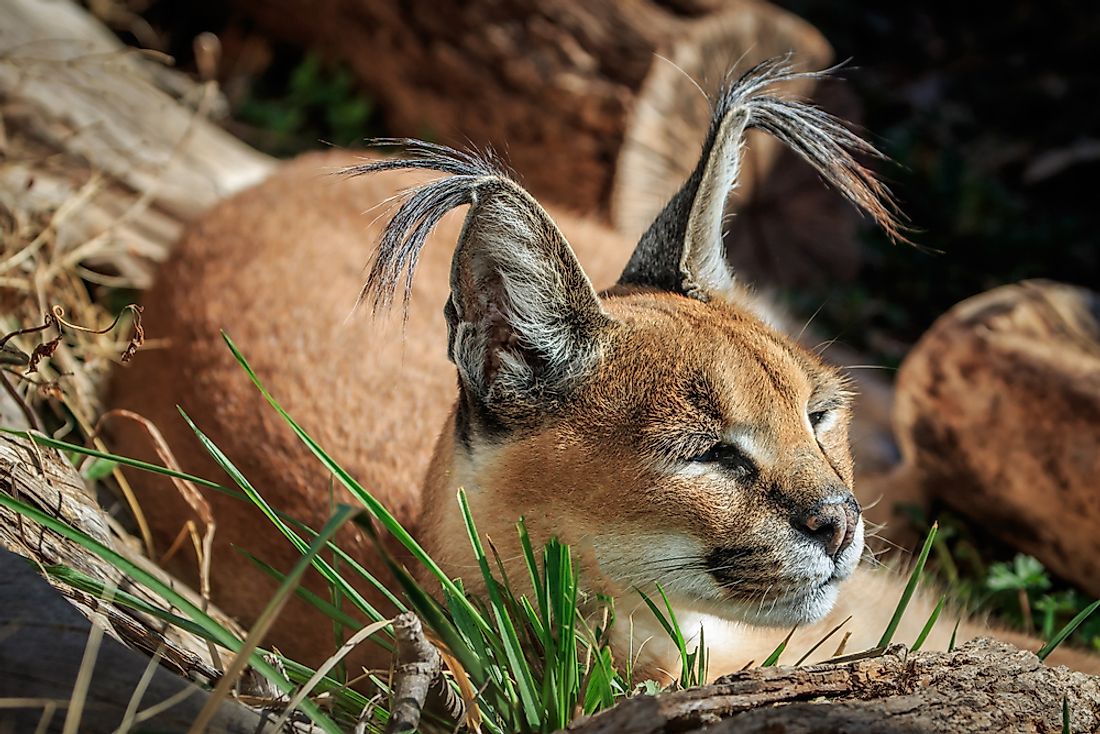
The caracal is sometimes referred to as the African, Persian, or desert Lynx although it is not a lynx. It ranges across southwest Asia and Africa where it can be found roaming grasslands and deserts. The caracal can be found roaming the eastern and northern deserts of Egypt although their number is meagre. It is categorized as a threatened species in North Africa. The caracal is a member of the felines and makes sounds common with felines, but the animal is known to bark when threatened by a predator.
3. Sand rat
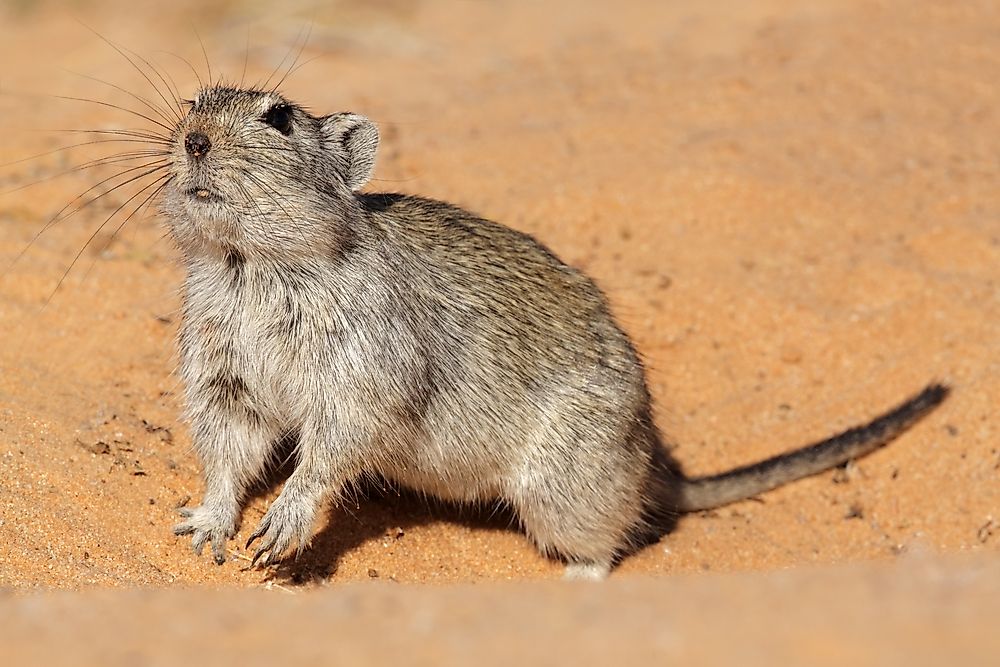
The sand rat or the fat sand rat is a rodent native to the deserts of North Africa and the Arabian Peninsula all the way from Mauritania through Egypt, Sudan and Saudi Arabia. They are highly adaptive rodents and can sometimes be found in wetlands along the coast. During the summer, they forage at night and rest under rocks and burrows during the day.
2. Egyptian Mongoose
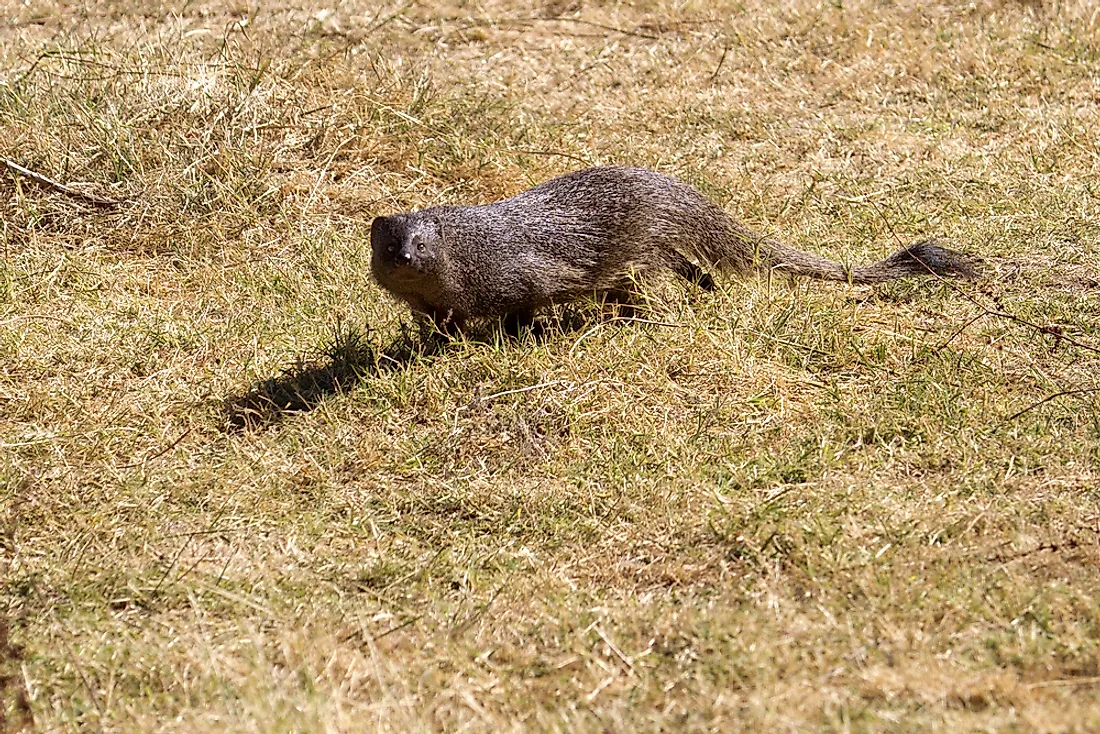
The Egyptian mongoose, as its name would suggest, can be found throughout Egypt, although the desert is not the ideal habitat for these animals. Instead, they prefer to live in areas with easy access to water such as forests. Unlike many species on this least, the Egyptian mongoose is a species of least concern.
1. Hyena
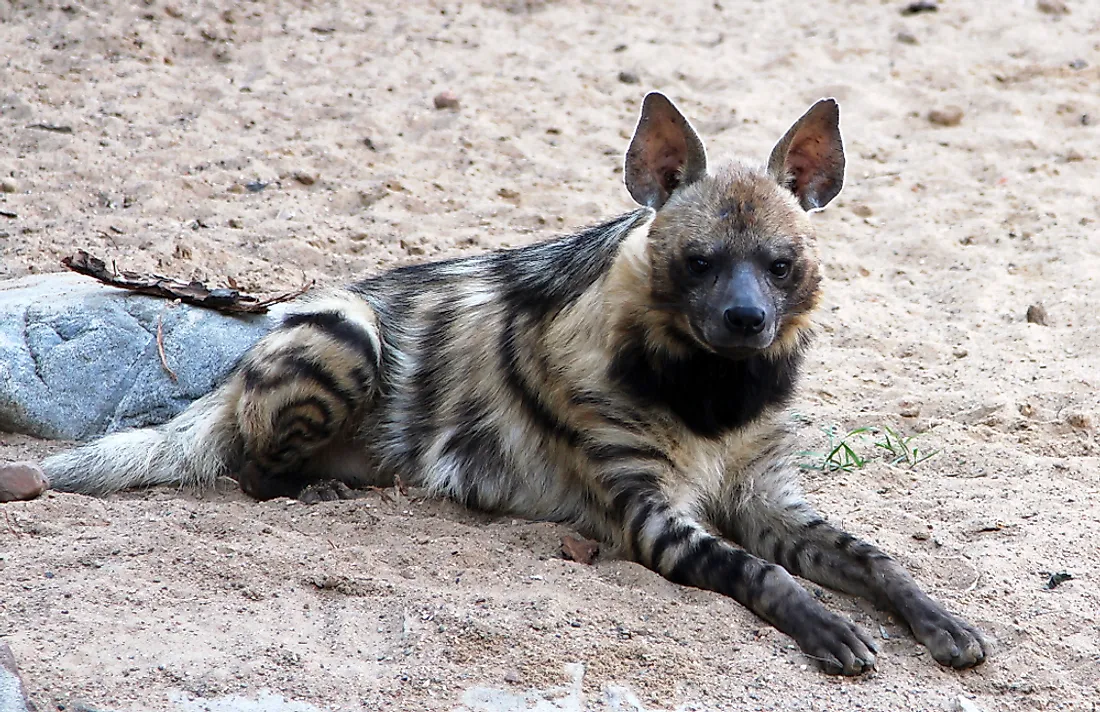
The striped hyena is still found in some parts of Egypt although the population is gradually declining and has been listed as near threatened by the IUCN. There are about 10,000 striped hyenas scattered across southwest India, the Middle East and sub-Saharan Africa. They were once found in large populations along the Nile valley and the Nile delta from where they occasionally strayed into town in search of food, but they are currently barely seen even in the wild.











